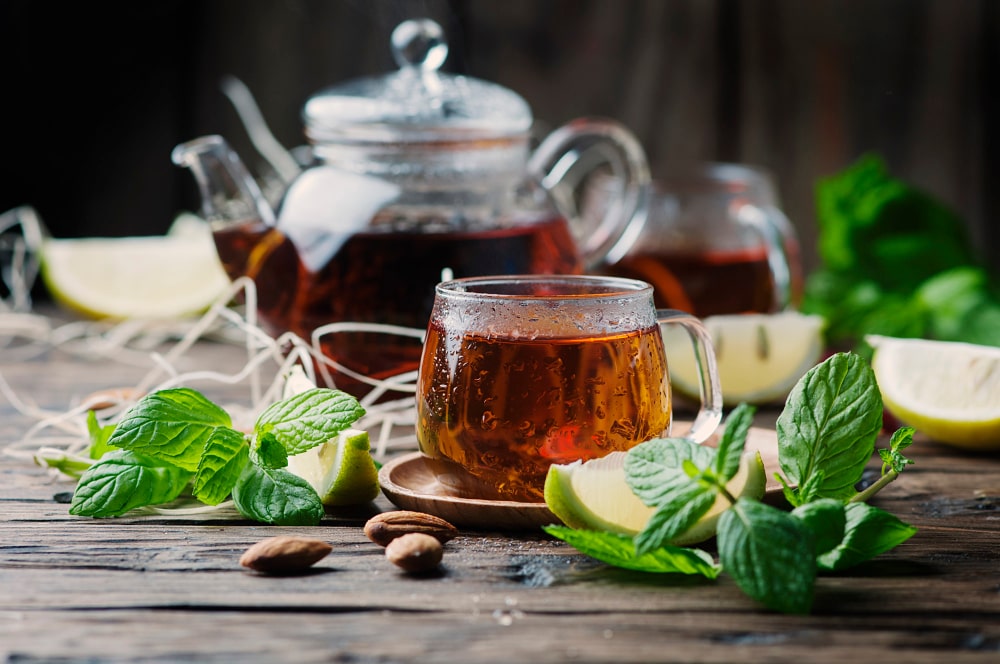What is tea?
The tea bush is a subspecies of Camellia trees. It has yellow-white flowers and small fruits, with extremely strong shells, like hazelnuts. The leaves are constantly green, slightly toothed.
For those who want to know a little more: there are two main subspecies of the plant Camellie – Thea Sinensis (Chinese species) and Thea Asamica (Indian species). By crossing these two basic types of the Camellia plant, all tea crops around the world were created. ” height=”150″ style=”margin-left: 20px; float: right;” />There are three basic types of tea which are determined by the degree of fermentation (boiling):
Unfermented – green teas
Semi-fermented – oolong teas
Fermented – black teas
Unfermented – green teas as a subgroup include extremely healthy white and yellow teas.
When to drink tea?
 Drink it daily because:
Drink it daily because:
– in the morning – because it wakes up, refreshes the spirit and thoughts, supports creativity and stimulates the will (black, oolong, green, …)
– afternoon – relaxes, restores and cleans the body, facilitates digestion, especially of hard-to-digest foods, restores water to the body and, in general, hangs out with tea and casually chats (green, yellow, fruity, imaginative herbal mixtures, …)
– in the evening – relaxes after a tiring day, soothes, puts you to sleep, gives a feeling of peace and contentment, facilitates digestion and ensures a better and more peaceful sleep (white, herbal or fruit mixtures, …)
– in winter – warms, relaxes, fills long evenings, stimulates the will, gives energy (black, green, yellow, fruity, …)
– in summer – refreshes, reduces sweating, provides the body with sufficient amounts of water, vitamins and other microelements, cleanses the body of toxins, increases energy, restores the will, … (rooibos, oolong, yellow, fruity, herbal).
Tea preparation
Tea is obtained by soaking the tea bush in water. It is usually prepared by first boiling water and pouring dried tea tree leaves over it: usually 1 teaspoon per 2-3 dcl of water. Cover the cup or other container and let it stand for approx. 2-5 minutes, depending on the type of tea. Then strain.
 It is important to emphasize that the water temperature varies depending on the type of tea, so for green, white and yellow teas the water temperature can be between 70-80°C. How do you know that the water is at a temperature of 70 to 80°C? After boiling, the water is left to cool for about 5 minutes to reach the specified temperature.
It is important to emphasize that the water temperature varies depending on the type of tea, so for green, white and yellow teas the water temperature can be between 70-80°C. How do you know that the water is at a temperature of 70 to 80°C? After boiling, the water is left to cool for about 5 minutes to reach the specified temperature.
Other teas are poured with water at about 100°C. How do you know that the water is at a temperature of around 100°C? When the water boils, i.e. becomes almost boiling, the indicated temperature of 100°C is reached. Houn Kui, etc.), up to 5 minutes (mainly black and rooibos).
Some teas must be drunk freshly prepared (white, yellow, green), and some can be left for 24 hours (rooibos , fruity). They bring optimal benefits when drinking 3-4 cups a day.
Teas are best (and healthiest) drunk unsweetened, but they can be sweetened with honey or with a little sugar (mostly fruit and herbal preparations).
100 grams of individual tea from Split Tea Houses at affordable prices is enough for tea consumption for approximately 21 days/1L per day.

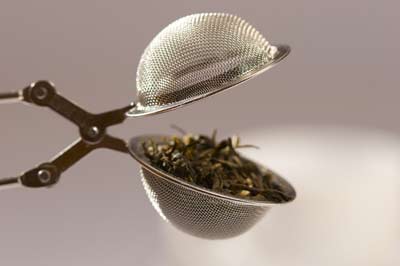
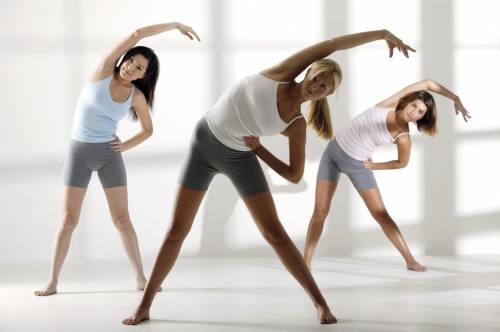

 Namely,
Namely,  The ideal choice after training is
The ideal choice after training is 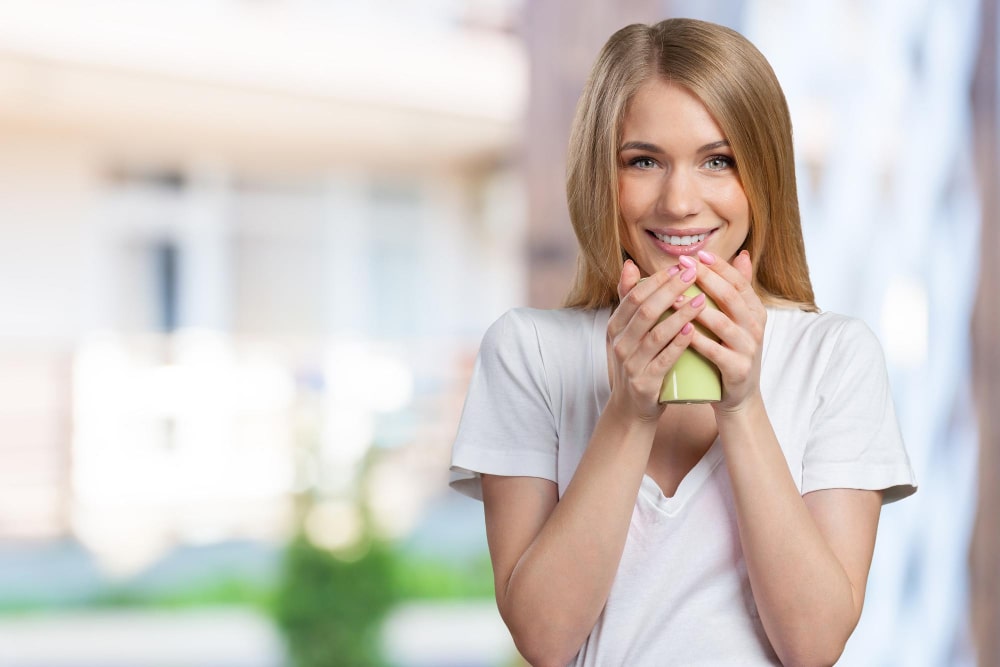
 It has been proven that teas promote blood circulation, i.e. the regeneration of problematic skin and preserve their moisture (hydration), which is extremely important, whether it is dry or oily skin, and they strengthen, revitalize and make it smooth.
It has been proven that teas promote blood circulation, i.e. the regeneration of problematic skin and preserve their moisture (hydration), which is extremely important, whether it is dry or oily skin, and they strengthen, revitalize and make it smooth.
 One of the most common problems for the complexion and for sensitive facial skin (babies/children/adults, women/men) is acne/pimples/pimples, and this problem must be approached systematically, that is, from the outside and the inside.
One of the most common problems for the complexion and for sensitive facial skin (babies/children/adults, women/men) is acne/pimples/pimples, and this problem must be approached systematically, that is, from the outside and the inside.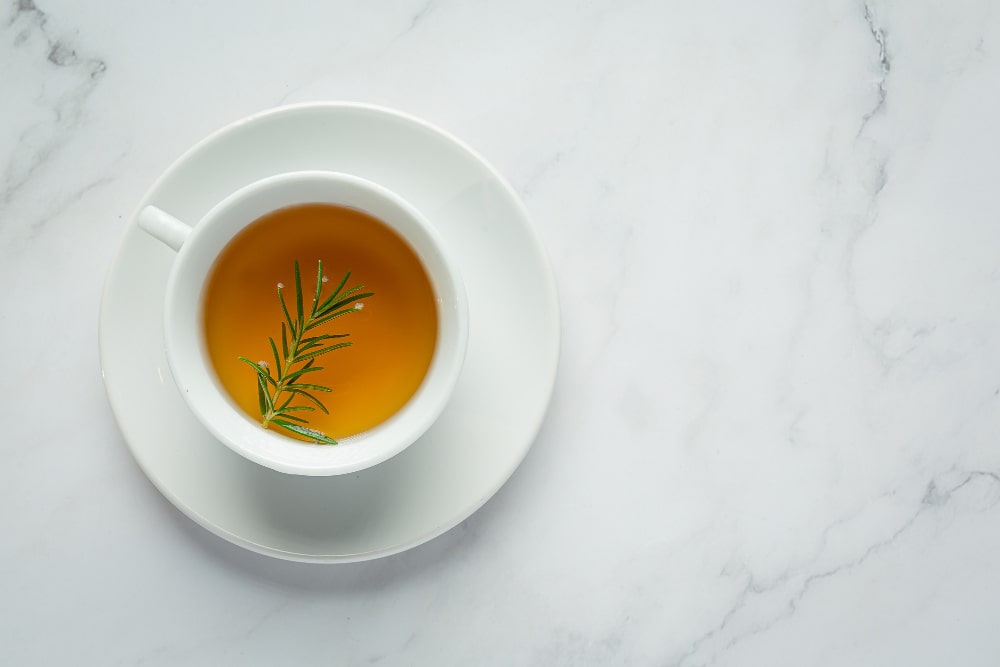
 For a more beautiful complexion, tea has long been used as an aid as well as for relaxation and in the fight against aging of the skin, allergies, stop acne / pimples / pimples, prevents dermatitis, baby/infant rash (due to diapers), aid for irritated skin . Children and adults, women and men – everyone recognizes the great help of tea in the fight against various skin damage. It is known that the skin is the largest human organ responsible for many tasks and the main protection of the body from harmful chemicals and bacteria, so it should be carefully cared for and protected.
For a more beautiful complexion, tea has long been used as an aid as well as for relaxation and in the fight against aging of the skin, allergies, stop acne / pimples / pimples, prevents dermatitis, baby/infant rash (due to diapers), aid for irritated skin . Children and adults, women and men – everyone recognizes the great help of tea in the fight against various skin damage. It is known that the skin is the largest human organ responsible for many tasks and the main protection of the body from harmful chemicals and bacteria, so it should be carefully cared for and protected.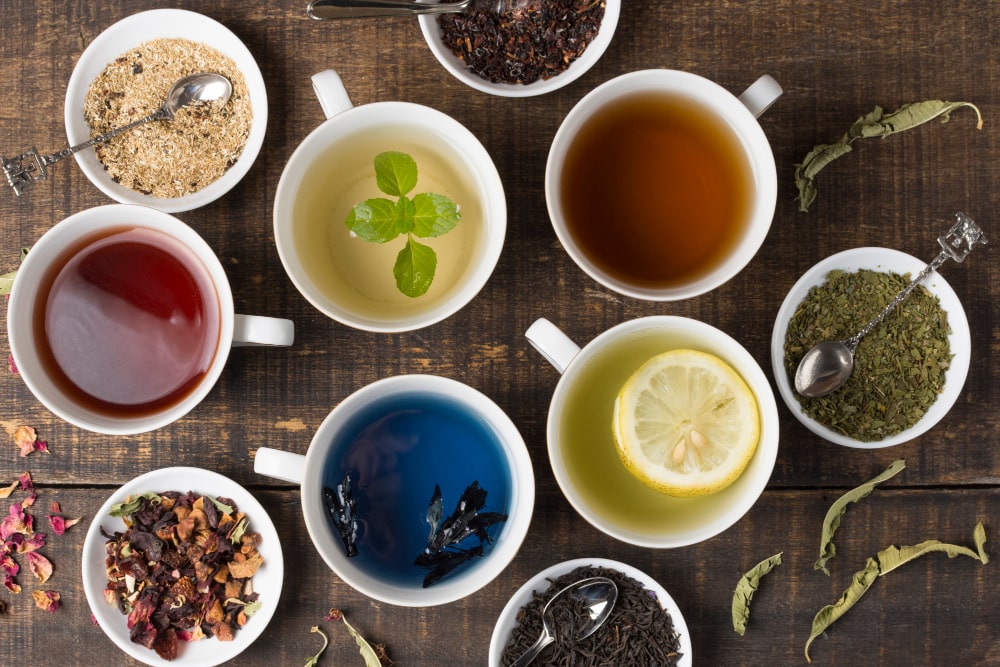
 Medicine is a characteristic of tea that has fueled its development since its discovery in China until today. Tea, for many the elixir of youth, health and beauty, has been used since ancient times due to its beneficial effect on the human body. It is used as an aid in the fight against various diseases, representing a healthy drink so that even today it is considered that teas are, in fact, the forerunners of medicines. human organism. Often, this amount of protective substances is not the result of the natural properties of tea, but rather the technological processing of its leaves.
Medicine is a characteristic of tea that has fueled its development since its discovery in China until today. Tea, for many the elixir of youth, health and beauty, has been used since ancient times due to its beneficial effect on the human body. It is used as an aid in the fight against various diseases, representing a healthy drink so that even today it is considered that teas are, in fact, the forerunners of medicines. human organism. Often, this amount of protective substances is not the result of the natural properties of tea, but rather the technological processing of its leaves.
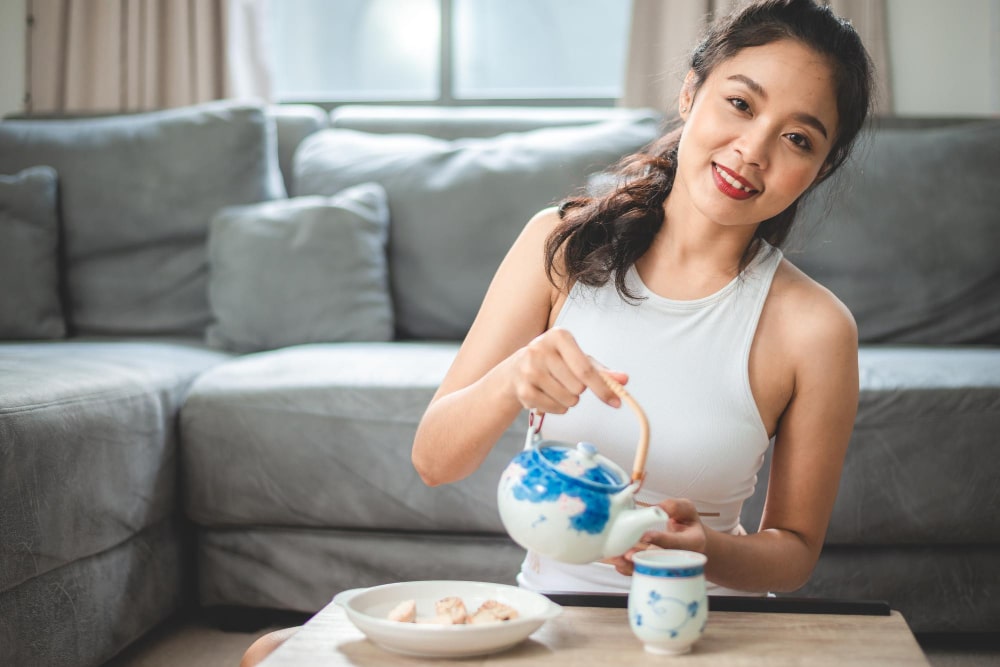
 For weight loss without dieting, teas are an ideal drink as an aid for anyone who wants to lose weight in a healthy way, as well as for those who strive to maintain slimness, because teas (yellow, green, oolong/wulong and white tea) serve as an aid for: a moderate feeling of satiety, speeding up metabolism , stimulation of digestion and faster burning of excess fat.
For weight loss without dieting, teas are an ideal drink as an aid for anyone who wants to lose weight in a healthy way, as well as for those who strive to maintain slimness, because teas (yellow, green, oolong/wulong and white tea) serve as an aid for: a moderate feeling of satiety, speeding up metabolism , stimulation of digestion and faster burning of excess fat.